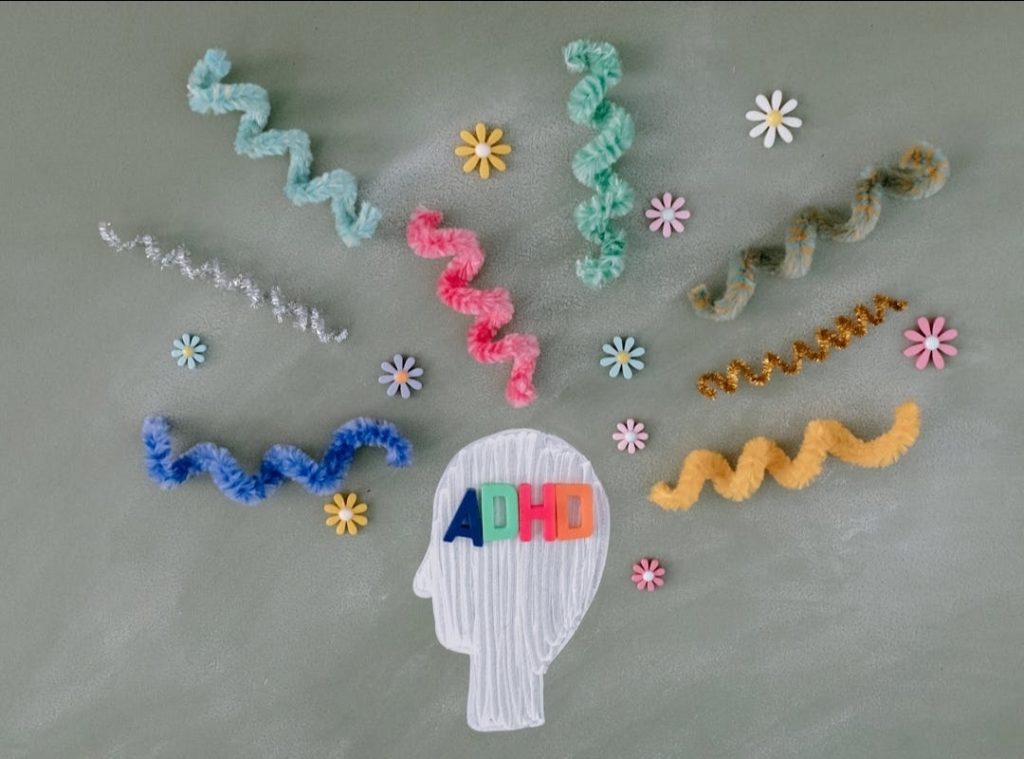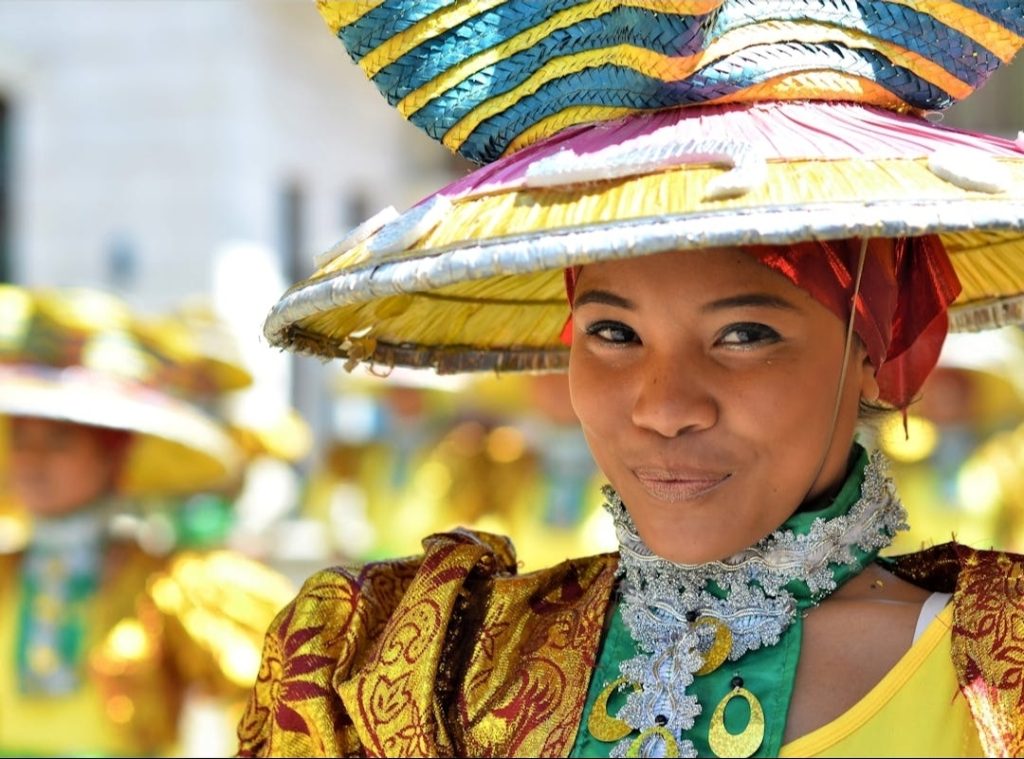What is human trafficking?
Human trafficking is using force, fraud or coercion to compel a person into sex or labor acts against their will. The three components must be present for a situation to be considered trafficking and have to be identified as the factor that compels a person to remain in the situation. The exception to force, fraud or coercion is children participating in sexual activity. This is always considered trafficking under federal law.
What are the different types of trafficking?
Trafficking usually falls under two categories, sex trafficking and labor trafficking. One of the tactics used in sex trafficking is recruitment. This occurs when a person is lured by false promises such as a modeling job. Once they arrive at the location for the job, they may be abducted and taken to a brothel where they are sold and forced into prostitution. Or the victim may be taken to a private home for the same reason.
Who are traffickers?
Traffickers can be from all levels of society and encompass all genders, races and ethnicities. They may be an intimate partner, spouse, family member, friend, acquaintance, or boss of the victim, and may use various methods to recruit, harbor or transport victims then use physical force to get victims to comply.
Who are victims of trafficking?
Anyone can be a victim, but some people are more vulnerable than others because of their needs. These include people who live in unstable poverty-ridden environments, and people who have a history of trauma or addiction. Due to discrimination and inequities, people of color, immigrants and people who identify as LGBTQ+ are more likely to be exploited and trafficked.
Victims of labor trafficking are promised a better life through employment or education and end up being forced to work in construction sites, sweatshops and agricultural fields. Since many come to the United States illegally, they are threatened with deportation or are told they are working off the fee that was charged to bring them here.
They usually work long hours alongside children and are not properly compensated. Often victims don’t try to escape because they are foreigners who lack appropriate legal documents, fear reprisals, are vulnerable, have a language barrier, fear law enforcement or do not identify as a victim.
How do victims get out?
Victims usually fight to get out, and can also get help from anti-trafficking organizations, but most usually rescue themselves.
How can trafficking be prevented?
We need to work together as a society to increase services and support for certain segments of our society to improve conditions such as poverty, discrimination and homelessness that make people vulnerable to the lure of traffickers.
Resources
The links below provide more information and ways you can help.
The U.S. Department of Justice has created the National Action Plan to Combat Human Trafficking (NAP). The plan focuses on the foundational pillars of the U.S. and global anti- trafficking efforts which are to prevent, protect, prosecute and partner. The plan has integrated its core commitment to gender, racial equity, workers’ rights, fair trade, and support for underserved communities.
If you believe someone may be a victim of human trafficking and are in the United States, call the 24-hour National Human Trafficking Hotline at 1-888-373-7888 or call 911 to report an emergency to law enforcement. Victims of trafficking, whether U.S. citizens or not, are eligible for services and immigration assistance.
Parents and Caregivers
Learn how human traffickers often target and recruit young people. Knowing who to turn to for help in potentially dangerous situations is important. Host community conversations with parent-teacher associations, law enforcement, schools, and community members regarding safeguarding the children in your community.
Youth
Learn how to recognize traffickers’ recruitment tactics, as well as how to safely navigate out of suspicious or uncomfortable situations. Be certain you know how to reach out for help at any time.
By using preventative measures, being vigilant, aware, and informed we can all be a catalyst to creating safer communities to help combat trafficking.
Her Nexx Chapter invites you to join our free Community where women from around the world are connecting with each other’s stories, exploring different experiences, and transforming ideas.
The Future of Connection for Women








0 Comments